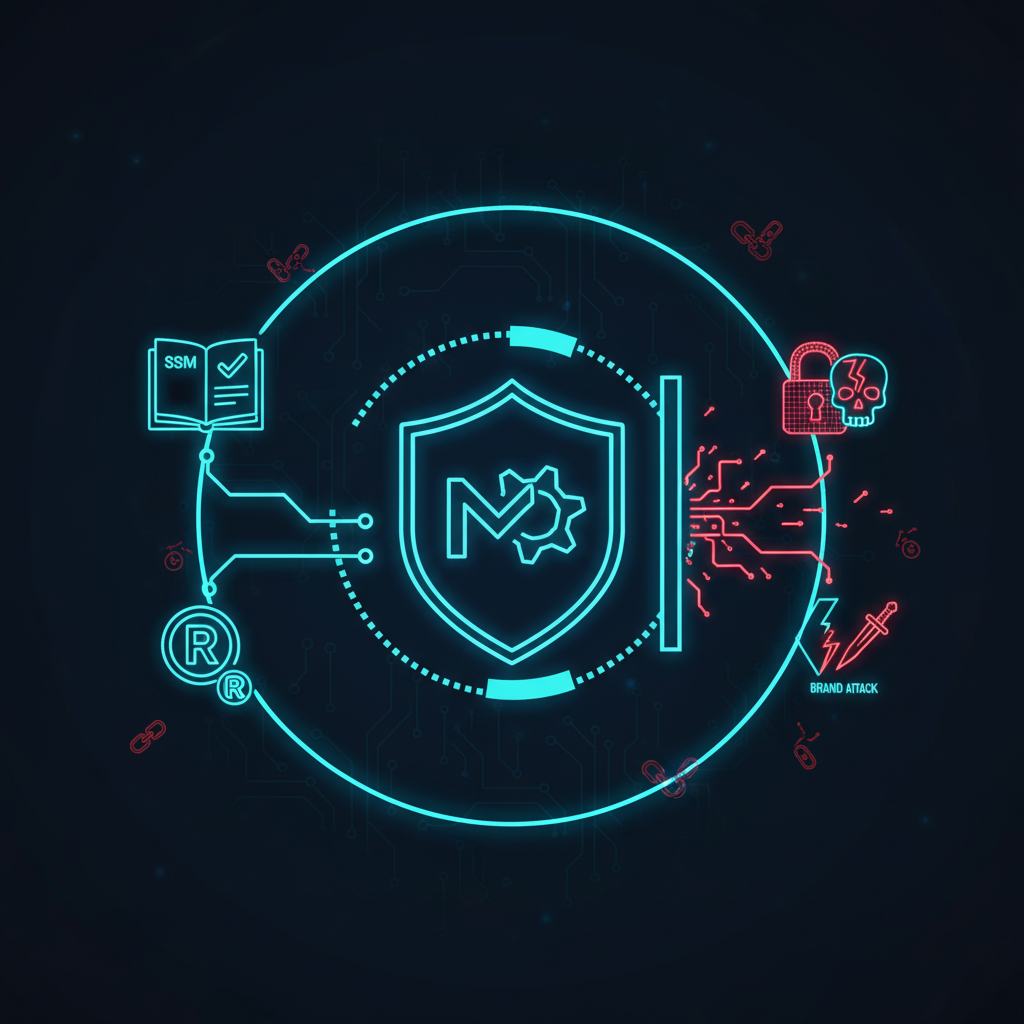Supply Chain Attacks: Your Hidden Threat

The Rising Threat of Supply Chain Attacks
Digital transformation has created a deeply interconnected business ecosystem; this interdependence, while fostering innovation, has also engineered a massive, distributed attack surface. Supply chain attacks have emerged as one of the most insidious and damaging threats in cybersecurity. Instead of targeting your hardened perimeter, attackers target the less-secure elements in your software and hardware supply chain to create a trusted pathway directly into your core operations. These attacks are not theoretical; they are happening now, and their impact is catastrophic.
Anatomy of a Supply Chain Attack
A supply chain attack occurs when a threat actor compromises a third-party vendor, supplier, or open-source component that has trusted access to your organization's systems, data, or customers. By infiltrating a single trusted partner, attackers can bypass your security controls and launch attacks against multiple downstream targets simultaneously.
Key characteristics include:
- Stealth: The attack originates from a trusted source, making it incredibly difficult for traditional security tools to detect.
- Scale: A single compromise can affect thousands of organizations, as seen in major historical incidents.
- Complexity: Attack vectors are sophisticated, exploiting complex trust relationships between vendors, software, and infrastructure.
Case Studies in Compromise: Lessons from the Front Lines
Analyzing past incidents provides a critical blueprint for building future defenses. These attacks weren't simple exploits; they were calculated campaigns against the trust that underpins the digital economy.
SolarWinds (2020)
The compromise of SolarWinds' Orion platform remains a watershed moment. Attackers injected malicious code into legitimate software update packages, which were then digitally signed and distributed to over 18,000 customers. This trojanized update, known as SUNBURST, created a persistent backdoor into the networks of government agencies and Fortune 500 companies, enabling extensive espionage and data exfiltration.
Kaseya (2021)
This attack targeted Kaseya VSA, a remote monitoring and management tool used by Managed Service Providers (MSPs). The REvil ransomware group exploited a zero-day vulnerability to push ransomware to the clients of these MSPs, paralyzing an estimated 1,500 downstream businesses in a single, coordinated strike. It demonstrated the devastating cascading effect of compromising a central management tool.
Log4j (2021)
The Log4Shell vulnerability in the ubiquitous Apache Log4j logging library showcased the immense risk of open-source dependencies. A flaw in this single, widely-used component exposed hundreds of millions of devices to remote code execution. It was a stark reminder that your attack surface includes every line of code in your software stack, whether you wrote it or not.
"Your vendors are part of your security perimeter. A supply chain attack is an insider threat that starts as an outsider. You must audit and monitor their security posture with the same rigor you apply to your own."
Common Attack Vectors: How They Get In
Understanding the attacker's methods is the first step toward effective defense. While tactics evolve, the core vectors often exploit weaknesses in process, visibility, and verification.
| Vector | Description | Example |
|---|---|---|
| Compromised Updates | Malicious code is injected into legitimate software updates and distributed via official channels. | SolarWinds |
| Open-Source Dependencies | Vulnerabilities are exploited in popular libraries and frameworks used by thousands of applications. | Log4j |
| Stolen Credentials | Attackers compromise a vendor's credentials to gain privileged access to downstream customer systems. | CodeCov |
| Hardware Interdiction | Physical components are tampered with or replaced with malicious versions before reaching the end user. | SUPERMICRO (alleged) |
| Compromised CI/CD Pipelines | Build and deployment systems are infiltrated to inject malicious code or steal sensitive secrets. | N/A |
Building a Resilient Defense Strategy
Defending against supply chain attacks requires a strategic shift from perimeter-based security to a more comprehensive, trust-aware model. A reactive posture is a losing one; you must proactively manage third-party risk.
Implement a Zero Trust Architecture
The foundational principle is 'never trust, always verify'. This applies to users, devices, and especially your vendors. Do not grant implicit trust based on network location or a passed security audit. Enforce principles of least privilege by segmenting networks and restricting vendor access to only the specific systems and data required for their function. Every access request must be authenticated and authorized, every time.
Mandate and Analyze Software Bills of Materials (SBOMs)
An SBOM is a nested inventory; it's a formal, machine-readable list of ingredients for a piece of software. It provides the transparency needed to manage vulnerabilities in your dependencies.
Why is an SBOM Critical?
When a new vulnerability like Log4Shell is discovered, an organization with a comprehensive SBOM inventory can immediately query their entire software portfolio to identify every single application that contains the vulnerable component. Without an SBOM, this process is a slow, manual, and often incomplete scramble, leaving critical systems exposed.Establish Continuous Third-Party Monitoring
Annual vendor security questionnaires are insufficient. You need continuous, data-driven visibility into your suppliers' security posture. This includes:
- External Attack Surface Management (EASM): Continuously scan vendor assets for exposed services, misconfigurations, and vulnerabilities.
- Threat Intelligence: Monitor for chatter about your vendors on the dark web or reports of breaches.
- Code Integrity Verification: Use cryptographic hashes and digital signatures to ensure the software and updates you receive have not been tampered with.
Harden Your Incident Response Plan
Assume a breach will occur. Your incident response plan must include specific playbooks for supply chain compromises. These plans should detail how to quickly identify, isolate, and eradicate threats originating from a trusted partner. Key elements include isolating vendor connections, rotating all shared credentials, and communicating transparently with affected customers.
Conclusion: Your Security is a Shared Responsibility
The digital supply chain is the backbone of modern business; it is also a primary target for sophisticated adversaries. Protecting your organization is no longer just about securing your own infrastructure. It requires a fundamental shift towards proactive third-party risk management, deep visibility into your software dependencies, and a resilient architecture built on the principles of Zero Trust. By understanding these threats and implementing a comprehensive, multi-layered defense, you can transform your supply chain from your greatest vulnerability into a source of resilient strength.
END_OF_FILE
HASH: 794XR1ZEGV8
Related Intelligence

Google Ends Dark Web Reports
Google is shutting down its Dark Web Report tool, citing a lack of actionable insights. Discover what this means for your security and why it's a critical moment for organizations.

Brand Protection in Malaysia: MyIPO & SSM Checks
Secure your brand in Malaysia by performing critical trademark (MyIPO) and business (SSM) checks. Learn how to prevent infringement and defend your digital assets.

Stealer Logs: The $10 Key to Your Kingdom in 2026
Infostealer malware sells your corporate credentials and session cookies on the dark web for pocket change. Learn how hackers bypass MFA and breach networks in 2026.
Ready to Secure Your Infrastructure?
Join forward-thinking engineering teams who trust Flawtrack for continuous vulnerability scanning and threat detection.
Get Started Now